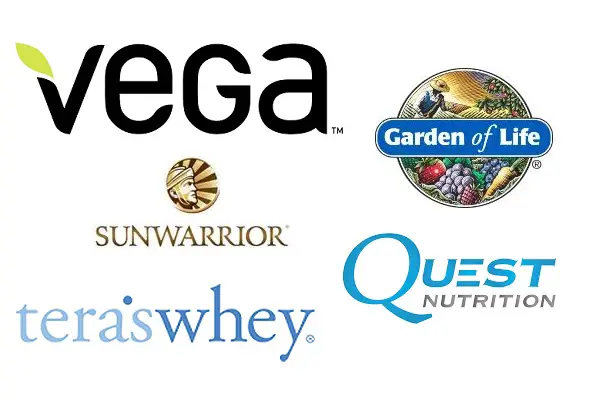
Protein powders have become a kitchen staple not only for fitness enthusiasts, but many of us who need or simply like to add extra protein to our daily nutritional smoothies.
While there is nothing wrong with using protein powders, and these nutritional products are an excellent alternative or supplementation to a healthy diet, the Clean Label Project has some bad news for us all.
Many of the popular protein powders, including plant-based ones found in health food stores everywhere, may be full of heavy metals. The good news is, the testing provided to us will make is easier to shop, avoid the contaminated products, and choose the perfect clean and healthy protein powder.
Test Results: Arsenic, Mercury, Cadmium and Lead in Popular Protein Powders
The Clean Label Project is a non-profit group aimed at promoting transparency in product labeling. They team up with an independent chemical laboratory out of Colorado to test what is hiding in product ingredients.
When they tested protein powders back in 2018, Executive Director Jaclyn Bowen said they were stunned with what they found.
Here are the biggest heavy metals to watch out for that were found, along with individual results by brand:
Arsenic: Arsenic can come from organic and inorganic sources. The inorganic one can cause harm and lead to skin, lung, and bladder cancers, and other health conditions.
Many products are unfortunately contaminated with inorganic arsenic because of how contaminated the environment is becoming. The biggest culprit to look out for is rice. Because of its ability to easily absorb arsenic, rice and rice products (it is an ingredient on many protein powders) are often contaminated by arsenic and heavy metals.
Mercury: Mercury is a heavy metal, which can damage health at even small amounts, according to the World Health Organization (WHO). Mercury can damage the nervous, immune, and digestive systems; it can harm kidneys and lungs. It often found in fish and seafood products, dental fillings, and pharmaceuticals. It also contaminates many food items, such as chocolate. Therefore, chocolate flavored protein powders may be contaminated with it.
Cadmium: Cadmium is another heavy metal, which is often used in batteries, color pigments, coating, and plastics. Cadmium can end up in the soil and water and then be absorbed by plants. The highest levels of cadmium in food were found in spinach, lettuce, and other leafy vegetables; also in potatoes, grains, peanuts, soy, and sunflower seeds, according to the CDC.
Lead: After the Flint Water Scandal, where tap water supplies have been contaminated with extreme amounts of lead, this heavy metal is now coming to the forefront of more people’s consciousness.
Lead was found to contaminate not only our water supplies, but food as well. Food can contain lead if it was grown in soil with lead-dust in it. The worst foods with this type of contamination were found to be: fruit juices (apple and pear), root vegetables (sweet potatoes and carrots), and cookies made from arrowroot. Lead poisoning from high amounts of lead can be fatal. It leads to memory loss, pain, weakness, anemia, and kidney, and brain damage.
Long-term exposure to smaller amounts of lead can cause depression, irritability, feeling nauseous all the time, forgetfulness, constipation, and abdominal pain.
“There are no safe levels of lead because of the ability to cause long term adverse health effects,” said Bowen.
50% of Protein Powders Contain BPA: an Endocrine Disruptor
Half of protein powders tested also tested high for BPA or bisphenol A. BPA is an industrial chemical used in making some plastics. It is an endocrine disruptor; a chemical that pretends to be a hormone, thus creating hormonal imbalances and other issues in the body. According to Medical News Today, BPA is linked to male impotence, fertility issues, but also heart disease, type 2 diabetes, breast and prostate cancers, and asthma. It is especially dangerous for young children, who are more sensitive to it.